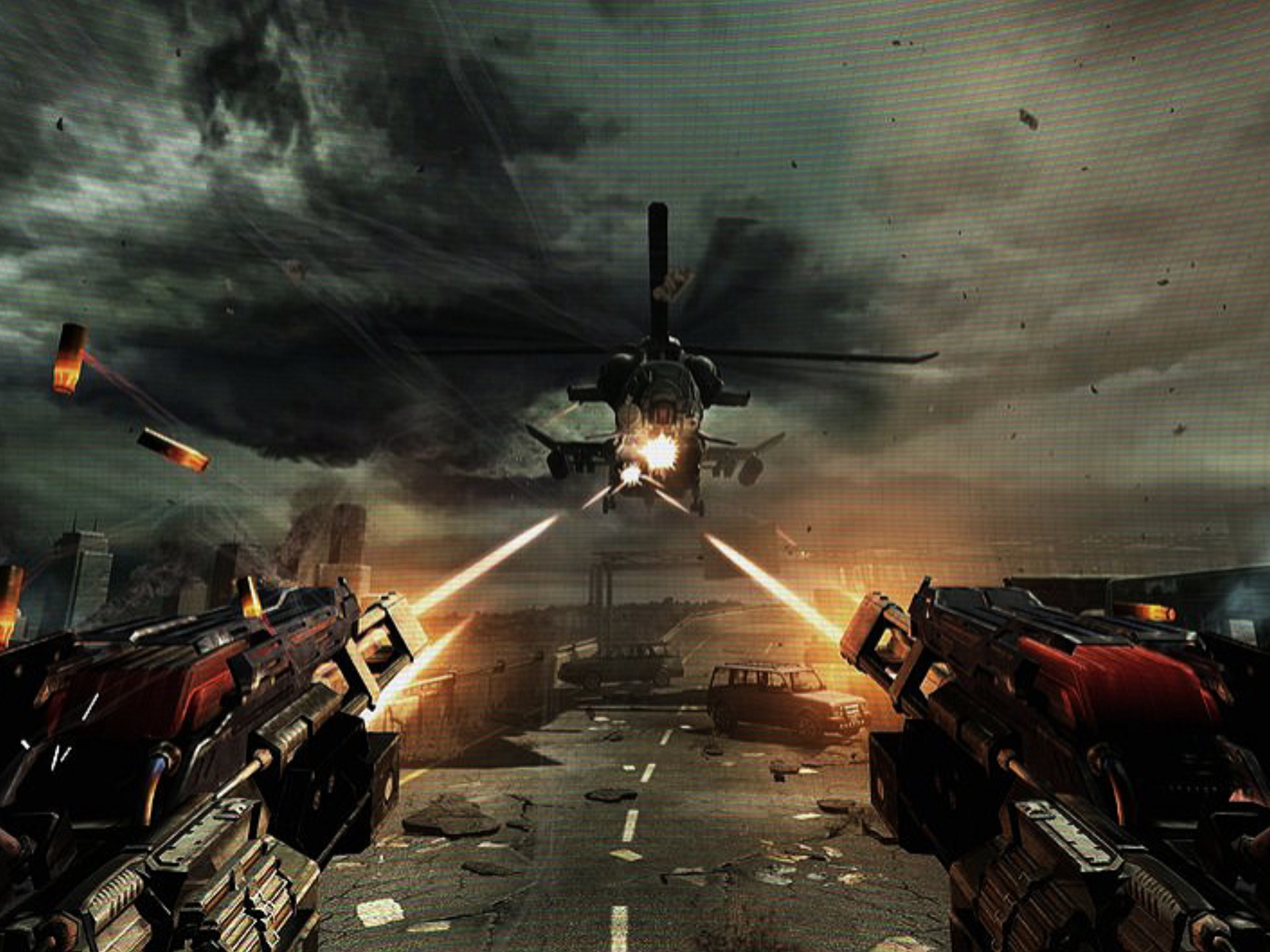Why Its Open World Feels Small: The Illusion of Scale in Modern Games
Introduction
Open-world games promise vast landscapes, endless exploration, and immersive freedom. Titles like The Elder Scrolls V: Skyrim, The Legend of Zelda: Breath of the Wild, and Red Dead Redemption 2 set benchmarks for expansive virtual worlds. Yet, despite their technical achievements, many open-world games struggle with a paradox: their worlds feel small, even when they are objectively large.
Why does this happen? This article explores the key reasons why some open-world games fail to deliver a true sense of scale, despite their size.
1. Repetitive Environments and Copy-Paste Design
One of the biggest culprits is environmental repetition. Many open-world games rely on recycled assets, leading to landscapes that feel samey.
- Ubisoft’s Formula: Games like Assassin’s Creed Valhalla and Far Cry 6 feature massive maps, but players quickly notice reused structures, enemy camps, and missions.
- Procedural Generation Issues: No Man’s Sky initially suffered from this—planets looked different but followed predictable patterns.
When every forest, cave, or outpost feels identical, the world loses its sense of discovery.
2. Fast Travel and Instant Movement
Fast travel is a convenience, but it shrinks the perceived world.
- Comparison to Real Exploration: In Red Dead Redemption 2, riding across the map feels immersive because players experience the journey. Fast-traveling skips that, making distances feel trivial.
- Overuse in RPGs: Games like The Witcher 3 allow fast travel from nearly anywhere, reducing the need to traverse the world organically.
When players teleport everywhere, the world loses its weight.
3. Lack of Meaningful Exploration
A big world means nothing if exploration isn’t rewarding.
- Empty Space: Ghost Recon Breakpoint has a huge map, but much of it is filler—empty fields with nothing to do.
- Predictable Rewards: Many games rely on repetitive loot (e.g., Assassin’s Creed’s "collect 100 feathers" tasks). Players stop caring when rewards feel meaningless.
In contrast, Elden Ring excels by hiding unique bosses, weapons, and lore in unexpected places, making exploration feel worthwhile.
4. NPCs and World Interaction
A world feels alive when NPCs behave dynamically. Unfortunately, many open-world games fail here.
- Robotic NPCs: In Cyberpunk 2077 (at launch), NPCs had scripted routines that broke immersion.
- Lack of Consequences: In Skyrim, stealing from a shop has little long-term impact—guards forget quickly.
Games like Red Dead Redemption 2 stand out because NPCs remember the player, creating a more believable world.
5. Scaling and Progression Issues
Some games undermine their own scale with poor pacing.
- Level Scaling: In The Elder Scrolls IV: Oblivion, enemies level with the player, making the world feel static.
- Rushed Storylines: If the main quest can be completed in 10 hours, the open world feels like an afterthought.
A well-paced game (The Witcher 3) balances story urgency with exploration, making the world feel expansive.
6. Technical Limitations and Boundaries
Invisible walls, loading screens, and artificial barriers remind players they’re in a game.
- Invisible Walls: Grand Theft Auto V has vast oceans, but swimming too far triggers a "turn back" warning.
- Loading Zones: Older games (Morrowind) used loading screens between cities, breaking immersion.
Seamless worlds (Breath of the Wild) avoid this, but many games still struggle with artificial limits.
Conclusion: How to Fix the Problem?
To make open worlds feel truly vast, developers should:
✔ Prioritize unique content over sheer map size.
✔ Limit fast travel or make traversal engaging (e.g., Death Stranding).
✔ Design meaningful rewards for exploration.
✔ Improve NPC AI to create a living world.
✔ Avoid excessive scaling that makes progression feel hollow.
A well-crafted open world isn’t just about square mileage—it’s about depth, variety, and player engagement. When done right, even a smaller world can feel enormous.
Final Thoughts
The next generation of open-world games must focus on quality over quantity. Players don’t need a 100-hour map—they need a world that feels alive, unpredictable, and worth exploring. Until then, many "big" open worlds will continue to feel surprisingly small.

Tags: #OpenWorldGames #GameDesign #Gaming #Exploration #Immersion #RPG #GameDevelopment


















